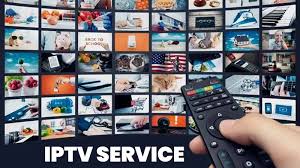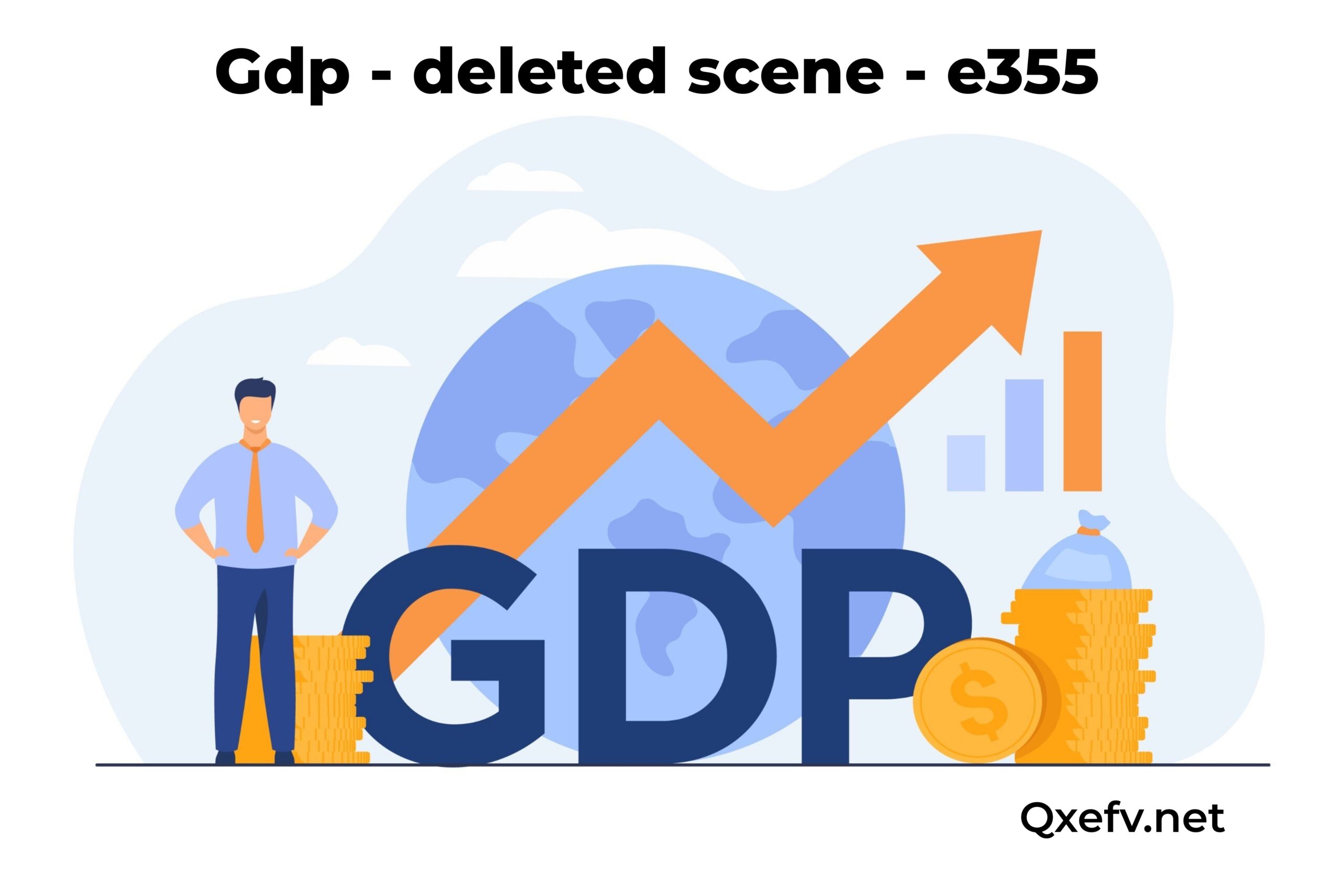In the ever-evolving landscape of digital entertainment, IPTV service has emerged as a game-changer. Offering a new way to consume television content, IPTV (Internet Protocol Television) is quickly becoming the preferred choice for many viewers worldwide. In this blog post, we will delve into the world of IPTV, exploring its benefits, how it works, and why it stands out from traditional TV services.
What is IPTV Service?
IPTV service delivers television content over the internet, rather than through traditional satellite, cable, or terrestrial formats. This method leverages the power of high-speed internet connections to stream live TV, on-demand videos, and other multimedia content directly to your devices. The flexibility and convenience of IPTV make it an attractive option for modern viewers who demand a more personalized and interactive viewing experience.
How Does IPTV Service Work?
The IPTV service operates by sending television signals as data packets over the internet. These data packets are received by a set-top box or a compatible device, which then decodes the data and displays the content on your television screen. Unlike traditional TV, which relies on broadcast schedules, IPTV allows users to choose what they want to watch and when they want to watch it.
Types of IPTV Services
There are three primary types of IPTV service:
Live IPTV: This type of IPTV mirrors traditional TV, where channels are broadcast in real-time. Examples include live sports events, news broadcasts, and real-time television shows.
Time-Shifted IPTV: This service allows users to watch previously aired content at their convenience. Examples include catch-up TV and start-over TV.
Video on Demand (VOD): This type of IPTV provides access to a library of videos that users can watch anytime. Examples include movies, TV series, and other pre-recorded content.
Benefits of IPTV Service
One of the significant advantages of IPTV service is the flexibility it offers. Users can watch their favorite shows and movies on-demand, without being tied to a broadcast schedule. This convenience is particularly appealing in today’s fast-paced world, where people have varying schedules and limited free time.
Another benefit is the interactive nature of IPTV. Users can pause, rewind, or fast-forward through content, providing a more customized viewing experience. Additionally, IPTV often includes features like electronic program guides (EPGs) and video recording capabilities, further enhancing user control.
IPTV Service vs. Traditional TV
When comparing IPTV service to traditional TV, several key differences stand out. Traditional TV relies on satellite, cable, or terrestrial signals, which can be affected by weather conditions and geographical limitations. In contrast, IPTV uses internet connections, which are generally more reliable and widely available.
Traditional TV is also limited by broadcast schedules, meaning viewers have to watch shows at specific times. IPTV, on the other hand, offers on-demand content, allowing viewers to watch what they want, when they want. This flexibility is a significant draw for modern audiences who prefer a more tailored viewing experience.
The Growth of IPTV Service
The popularity of IPTV service has been growing steadily over the past few years. As internet speeds and accessibility improve worldwide, more people are turning to IPTV for their entertainment needs. The demand for on-demand content, combined with the decline of traditional TV viewership, has fueled the growth of IPTV providers and services.
Many telecommunications companies and internet service providers (ISPs) have recognized this trend and are now offering IPTV service as part of their packages. This integration has made it easier for consumers to access IPTV and enjoy its benefits.
Challenges Facing IPTV Service
Despite its many advantages, IPTV service faces several challenges. One of the main issues is the reliance on high-speed internet connections. In regions with poor internet infrastructure, IPTV may not be a viable option. Additionally, streaming large amounts of data can put a strain on internet bandwidth, potentially leading to buffering and other performance issues.
Another challenge is content licensing and distribution rights. IPTV providers must navigate complex legal agreements to offer a wide range of content, which can be a costly and time-consuming process. Piracy and unauthorized streaming also pose significant risks to the industry, threatening legitimate providers and content creators.
The Future of IPTV Service
The future of IPTV service looks promising, with continued advancements in technology and increasing consumer demand driving its growth. As internet speeds continue to improve and more regions gain access to high-speed connections, the reach of IPTV is expected to expand further.
Innovations such as 5G technology are set to revolutionize IPTV by providing faster and more reliable internet connections. This development will enhance the streaming experience, reducing buffering times and improving picture quality. Additionally, the integration of artificial intelligence (AI) and machine learning can provide personalized content recommendations, further enhancing the user experience.
Choosing the Right IPTV Service
When selecting an IPTV service, several factors should be considered. First, ensure that the provider offers a wide range of channels and content that match your interests. Check the compatibility of the service with your devices, such as smart TVs, smartphones, tablets, and set-top boxes.
It’s also essential to consider the quality of the streaming service. Look for providers that offer high-definition (HD) and ultra-high-definition (UHD) content. Reliable customer support and user-friendly interfaces are other critical factors that can enhance your IPTV experience.
Cost of IPTV Service
The cost of IPTV service varies depending on the provider and the type of subscription plan. Some providers offer basic packages with a limited selection of channels, while others provide comprehensive plans with hundreds of channels and on-demand content. It’s essential to compare different packages and choose one that fits your budget and viewing preferences.
Many IPTV services offer flexible payment options, including monthly, quarterly, and annual subscriptions. Some providers also offer free trials, allowing users to test the service before committing to a subscription.
Final words
In conclusion, IPTV service is transforming the way we consume television content. Its flexibility, convenience, and interactive features make it an attractive option for modern viewers. As technology continues to advance and internet accessibility improves, the popularity of IPTV is expected to grow even further.
By understanding the benefits and challenges of IPTV service, consumers can make informed decisions and choose the best service to meet their entertainment needs. Whether you’re looking for live TV, on-demand movies, or a more personalized viewing experience, IPTV offers a compelling solution for the future of television.



